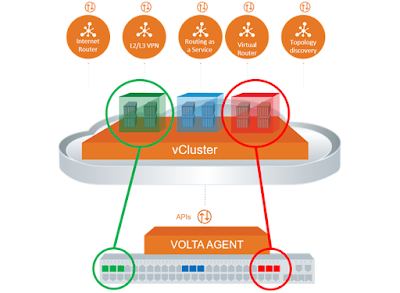Due to the COVID-19 pandemic, networks are experiencing unprecedented growth (in a very short time) in global internet traffic and so far networks appear to be meeting demand, according to analysis from Nokia. In particular, there is a surge in traffic from latency-sensitive applications during business hours.
Data from several networks in Western Europe from the week of March 9th seems to indicate that the edge and peering links of Content Delivery Networks (CDNs) have enough headroom, but the aggregation networks and service edge router may be reaching capacity maximums.
Here are some highlights of the Nokia findings:
https://www.nokia.com/blog/early-effects-covid-19-lockdowns-service-provider-networks-networks-soldier/
Data from several networks in Western Europe from the week of March 9th seems to indicate that the edge and peering links of Content Delivery Networks (CDNs) have enough headroom, but the aggregation networks and service edge router may be reaching capacity maximums.
Here are some highlights of the Nokia findings:
- During the first day of the period, the overall traffic rose anywhere between 30% (5 p.m.) and 80% (9 a.m.), with boosts between 50% and 70% for most of the day.
- WhatsApp, exhibited an increase of 117–217% during the first day of the period, with apparent spikes in the morning hours on the first day of the school lockdown.
- Netflix traffic showed that people started streaming earlier in the day (morning hours and early afternoon hours). While the evening traffic volumes remained within a +20% range compared to typical values, the overall increase of traffic during the day ranged from 97% (morning) to 27%–42% (early afternoon), significantly contributing to the total network traffic.
- In the U.S., there has been a 300% growth in teleconferencing apps (e.g., Zoom, Skype), and a 400% growth in gaming (with kids being at home!)
https://www.nokia.com/blog/early-effects-covid-19-lockdowns-service-provider-networks-networks-soldier/





















